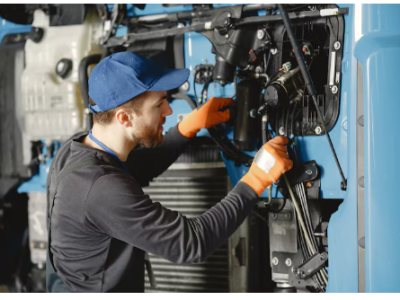While we are planning a renovation or reconstruction, it is pretty much sure that we will be using steel for our building materials. In that course, how many times did we exactly pay attention to the geometric shapes of the steel sections that are getting used in the construction? Do we realize the importance of the shapes that are used in the various perspectives? The steel designs and construction codes across the globe identify these specifically common shapes to be used as the part of steel construction and they are always noted by their cross-section shape profile.
Here are the common ones discussed.
T shape or structural tees
The shape profile of this section looks a lot similar to the alphabet “T”. This section is normally split from the standard I shapes where the bottom flange is removed. This can be used for all the load applications, very much similar to the I section. One would get very high flexural capacity on the side of the flange as compared to the one without it.
I-shape or H-shape
The shape profiles of these steel sections look very much like the alphabets “I” or “H”. They can be used for a variety of load combinations, except for pure rotation. It will be very wise and efficient to use these pieces in resisting flexures and compressions.
C-shape
The shape of these steel sections looks like the alphabet “C”. This is mostly used to distribute the load applications uniformly and with a very small moment or bending. This section can also be efficiently used as a secondary structural member where the loading needs to be transferred to the other primary structural members. The C-shaped structures are used commonly as transverse joists supporting the floor, studs in the wall framing, purlins for roof trusses, or supporting members for ceiling assemblies.
L-shape
The shape profile of this section looks like the alphabet “L”. This can be used with ease for point load applications that will be able to resist any form of compression, shear, or tension. It also acts as a perfect fit as a connection member and a primary component as a built-up member. It can be used effortlessly in bracing the truss members, laces of the built-up members, or as diaphragm members in the bridge girder system.
To ace your load applications like a pro, trust no other than Stealth Pipe and Steel T beam.













Comments